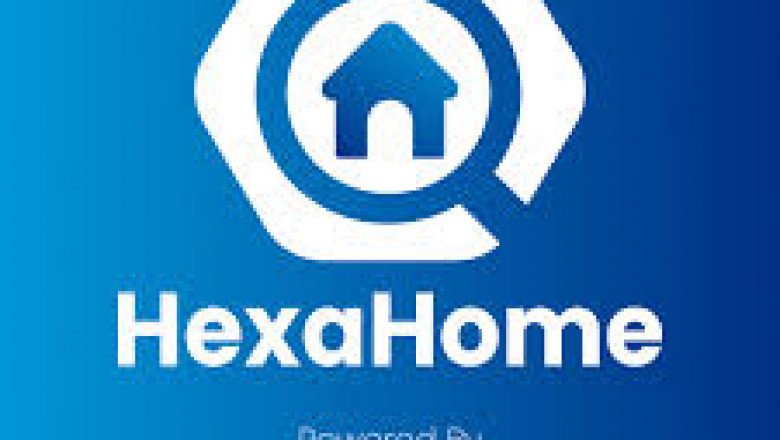views
As cities continue to expand to accommodate growing populations, urban planners and policymakers face a critical choice between two primary development models: urban sprawl and vertical growth. Each approach carries distinct implications for sustainability, resource use, and quality of urban life.
Urban Sprawl: Characteristics and Challenges
Urban sprawl refers to the outward expansion of cities into surrounding rural or undeveloped land. This low-density, car-dependent growth is characterized by single-family homes, shopping centers, and business parks spread over large areas.
Challenges of Urban Sprawl:
Environmental Impact: Sprawl consumes vast amounts of land, leading to habitat loss, deforestation, and increased greenhouse gas emissions from longer commutes.
Infrastructure Strain: Extending roads, utilities, and public services over larger areas is costly and inefficient.
Social Fragmentation: Sprawl often leads to segregated communities, reduced walkability, and limited access to public transportation, which can isolate lower-income residents.
Economic Inefficiency: The dispersed nature of sprawl increases transportation and infrastructure costs for both governments and residents.
Vertical Growth: Opportunities and Considerations
Vertical growth emphasizes building upward rather than outward, with high-rise residential and commercial buildings concentrated in urban cores.
Benefits of Vertical Growth:
Efficient Land Use: High-density development preserves open space and agricultural land, reducing urban footprints.
Reduced Emissions: Concentrated development supports public transportation, cycling, and walking, lowering per capita energy use and emissions.
Vibrant Communities: Mixed-use high-rises foster social interaction, economic activity, and cultural vibrancy.
Infrastructure Optimization: Utilities and public services can be delivered more efficiently in compact urban areas.
Considerations:
Quality of Life: High-density living requires careful planning to ensure access to green spaces, amenities, and healthy environments.
Urban Heat Island Effect: Concentrated development can increase local temperatures unless mitigated with green roofs and urban forestry.
Affordability: Without proper regulation, vertical growth may drive up property values and rents, making city centers less accessible to lower-income residents.
Sustainable Development Strategies
The most sustainable urban development strategies often blend the best of both models, focusing on smart growth principles:
Transit-Oriented Development: Prioritizing development around public transit hubs to reduce car dependency.
Mixed-Use Zoning: Combining residential, commercial, and recreational spaces to create walkable neighborhoods.
Green Infrastructure: Incorporating parks, green roofs, and permeable surfaces to manage stormwater and enhance urban ecology.
Affordable Housing Initiatives: Ensuring that high-density development includes housing options for diverse income levels.
The Role of Technology: Hexadecimal Software Pvt Ltd and HexaHome
Hexadecimal Software Pvt Ltd and its platform HexaHome are empowering sustainable urban development through technology. HexaHome offers:
Verified Listings: Helping buyers and renters find properties in both high-rise developments and sustainable suburban communities.
Market Analytics: Providing data on urban growth trends, infrastructure needs, and sustainability metrics to guide informed investment and planning decisions.
User-Centric Tools: Supporting city planners, developers, and residents in navigating zoning regulations, green building certifications, and smart infrastructure options.
By leveraging advanced analytics and transparent information, Hexadecimal Software Pvt Ltd and HexaHome enable stakeholders to make choices that balance growth, livability, and environmental stewardship.
Conclusion
The future of sustainable urban development lies in finding harmony between vertical growth and managed expansion, guided by smart planning and innovative technology. With platforms like HexaHome and the expertise of Hexadecimal Software Pvt Ltd, cities can evolve to meet the needs of growing populations while preserving resources, enhancing quality of life, and building resilient, inclusive communities.














Comments
0 comment